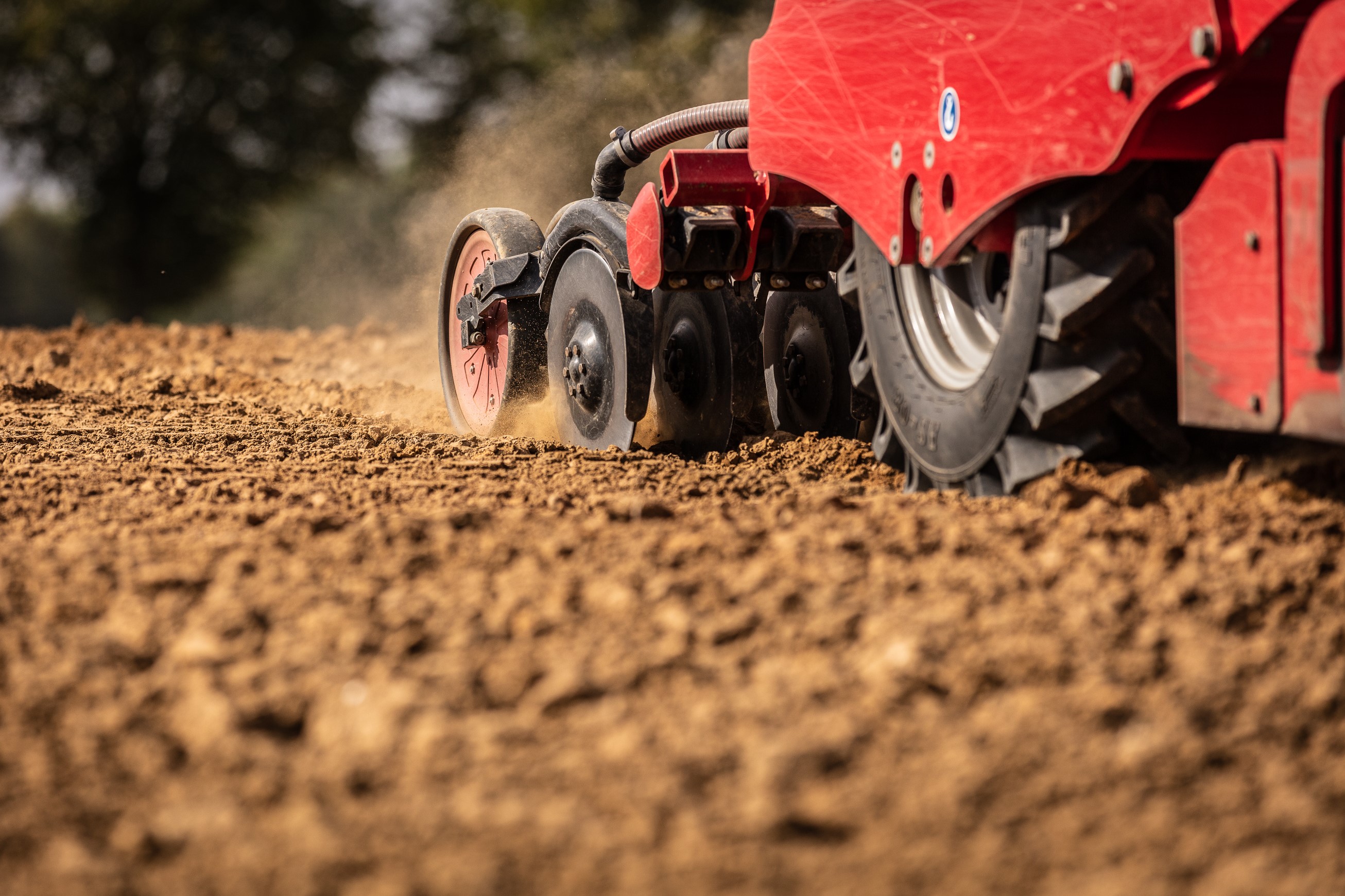Focus on variety and later drilled wheat can be a real winner
Get your variety choice right and later drilled wheat crops can deliver high yields whilst offering better blackgrass control options and being cleaner with lower growing costs than their September-sown counterparts, says John Miles of KWS UK.
But achieving the best results depends on using high-vigour, strong-tillering varieties with good resilience to abiotic stresses and paying attention to some basic management, he says.
“You only have to think about last year to get an idea how strong the genetic material we now have is.
“Those that were lucky enough to get wheat in the ground last autumn were still pushing out 7-8t/ha, despite two months less growing time and horrific seasonal conditions ranging from plants being waterlogged to six weeks of drought and extremely hot temperatures in the spring.
“In reasonable conditions, 10t/ha plus crops are on the cards for most late-drilled crops but variety choice is key. Sow a variety not suited to this slot and you could easily suffer 20-30% yield loss –
The key is to recognise the differences in environmental conditions late-drilled wheat faces compared to crops being drilled in September or early October, he says.
It's not a good idea to simply use up some mainstream seed in the late-drilled slot.
“Earlier drilled wheats benefit from warmer days, drier conditions generally, longer growing seasons with more time for tillering and greater root mass to penetrate soils.
“In comparison, later drilled wheat is going into more compromised conditions including cold air and soil temperatures so growth is slower with potentially wetter soils with less mineralisation.
“Depending on how soils are worked, seedbed conditions or soil to seed contact could also be affected. Direct drilling and use of cover crops can allow soils to be in better condition later in the season.
Specific traits in the varieties you choose for later drilling can go a long way to mitigating against these disadvantages, John Miles points out.
“High autumn vigour and speed of movement in the spring to extend the grain-fill period are critical as are supercharged tillering potential, strong root development and the ability to tiller strongly at lower temperatures.
“All in all, we’re looking for a more aggressive plant type with a lot of get up and go and to help and smooth over the compromises and variability that can result from later drilling.
Variety choice critical
With the RL trials now being drilled mid-October, the varieties growers are looking at on the list are typically very different from those from ten years ago when trials were drilled in September, he points out.
“Generally, you can have confidence in the varieties available in terms of their recommended drilling but if you want to be really sure or are in a marginal area, then look for the proven performance of varieties identified in the late-sown RL.
“Ideal choices up until the end of November would be the KWS varieties Lili, Kinetic, Jackal, Zyatt, Barrel, Basset and, whilst Kerrin, Extase, Siskin, Crispin and the new Cranium continue to deliver strong performances drilled up to the end of December.
“Some varieties, such as KWS Firefly continued to deliver peak performance right through to the end of February.”
It’s not a good idea to simply use up some mainstream seed in the late-drilled slot, he advises.
“Yields drop in a linear decline the later the sow date, so if a variety is not identified in the late-drilled RL, it’s probably for a good reason.
“The yield difference between a variety on the late-drilled RL and one that is not could easily be 2-3t/ha with much of that down to tillering capability. Thin crops stay thin as its hard to grow additional tillers – you can drop tillers but you can’t really add any through management.
“So you do need to get that variety choice right in the first place and make sure you look after them in terms of things like early N to get them tillering early and then able to keep them later.
“But if you do choose carefully, you’ll get the yield plus your crops are likely to be cleaner in terms of lower disease pressure, so they can actually be cheaper to look after because you are putting them in a lower risk slot.”
Think about seed rates
Seed rates are increasingly an individual choice, depending on establishment techniques, soil types, and where growers are in the country, but plant losses do potentially increase the later you drill and this needs to be taken into account, John Miles warns.
“You need to think about working backwards from an optimum 600 ears/m2. In September your plants will probably produce four tillers with ears on but you’re probably looking at two tillers per plant in later drilled wheat.
“If conditions are poor the losses are potentially high you could be drilling at 250kg/ha or 500 seeds/m2.
“Conversely, if you are on really good land late and drilling late October and into November then 350 – 375 seeds/m2 might get you to where you want to be.
“The rule of thumb is to work back from 600 ears/m2and do whatever you need to do in terms of seed rate to achieve that target population.”




